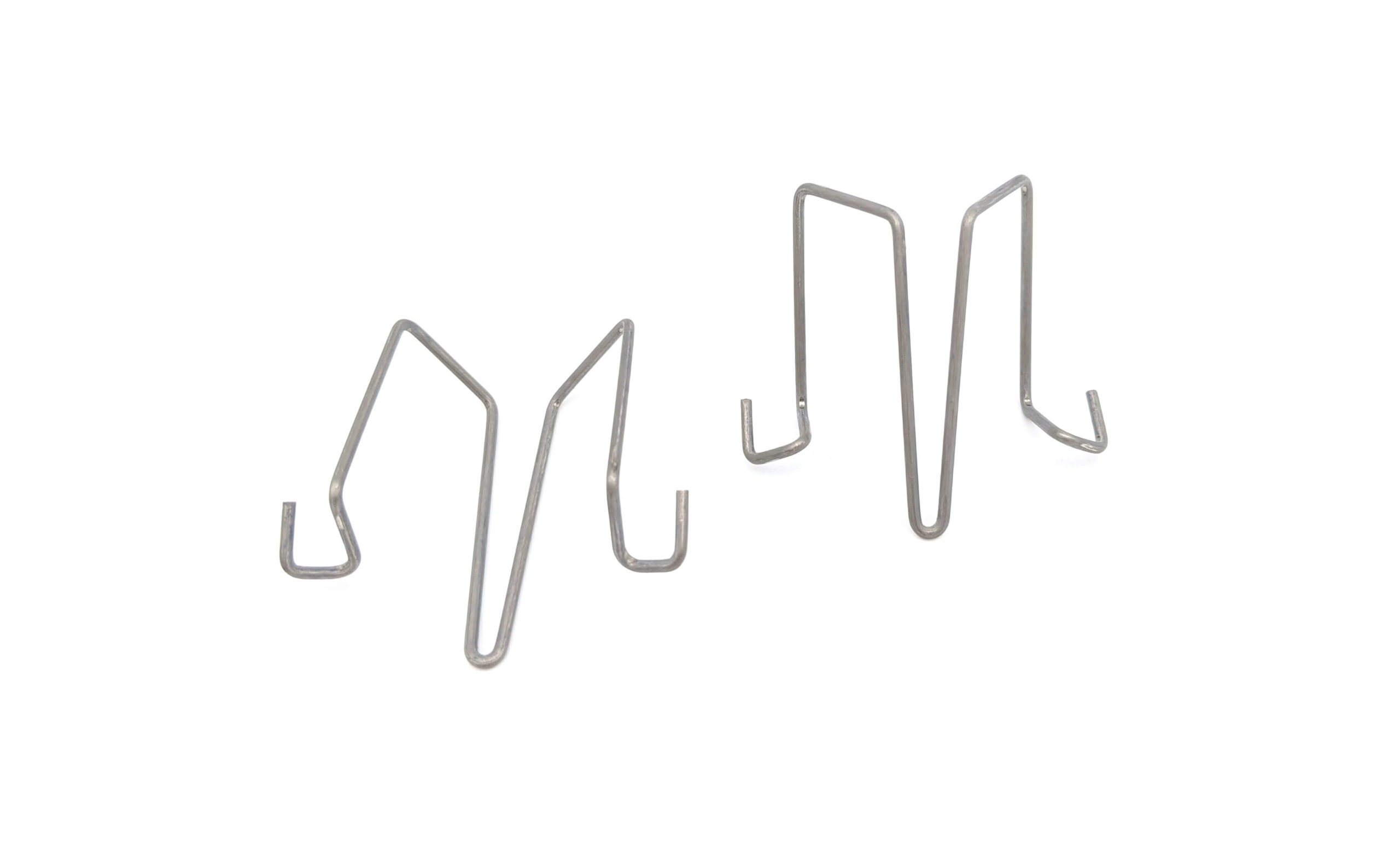Get unique, complex parts easily. No matter your requirements, Chaoyi Spring creates hard-to-produce coil springs and wire forms.
Let us help you create the custom wire form you need, from S-hooks and J-hooks to utility hooks and more.
We work closely with customers across a wide range of industries, helping them design and manufacture made-to-order parts.
Why choose Chaoyi Spring? We prioritize customer-focused collaboration, modern equipment and the latest technology to make your parts per print.
Find the information and guidance you need, from measuring a spring to learning about materials, placing an order and much more.
Spring compression, a fundamental concept in mechanical engineering, plays a crucial role in numerous applications. From suspension systems in automobiles to delicate mechanisms in watches, understanding how to effectively compress


Spring compression, a fundamental concept in mechanical engineering, plays a crucial role in numerous applications. From suspension systems in automobiles to delicate mechanisms in watches, understanding how to effectively compress a spring is paramount. This comprehensive guide delves into the intricacies of spring compression, exploring its principles, applications, and practical considerations.

Springs, by their very nature, are designed to resist compression and store energy when subjected to a force. This resistance stems from the spring's inherent elastic properties, which allow it to return to its original shape after the force is removed. The amount of compression a spring experiences is directly proportional to the applied force, governed by Hooke's Law.
Hooke's Law, a cornerstone of spring mechanics, states that the force required to compress or extend a spring is proportional to the displacement from its equilibrium position. Mathematically, this can be expressed as:
F = -kx
Where:
The spring constant, k, is a crucial parameter that determines how much force is needed to compress the spring a certain distance. A higher spring constant indicates a stiffer spring, requiring more force for compression. Conversely, a lower spring constant represents a more flexible spring, requiring less force.
Several factors influence the compression characteristics of a spring, including:
Spring compression finds its way into a vast array of applications, including:
When working with springs, it's crucial to consider several practical aspects:
Mastering the art of spring compression is essential for numerous applications in engineering and beyond. By understanding the principles, factors influencing compression, and practical considerations, you can harness the power of springs to create innovative and reliable solutions. Whether it's designing a suspension system for a car or developing a delicate mechanism for a watch, a thorough understanding of spring compression is key to achieving success.
As you delve deeper into the world of spring compression, remember that it's a dynamic and multifaceted field. Continuous learning and exploration are essential to staying ahead of the curve and unlocking the full potential of this fundamental mechanical concept.
Browse some of the custom wire forms and springs that we manufacture. Don’t see what you need? We specialize in made-to-order products that meet your application requirements.
Visit Our GalleryNeed a custom wire form or coil spring? We make it work. Fill out the contact form and a representative will respond within 1 business day. If you have a PDF or CAD file, you can submit to request a quote.